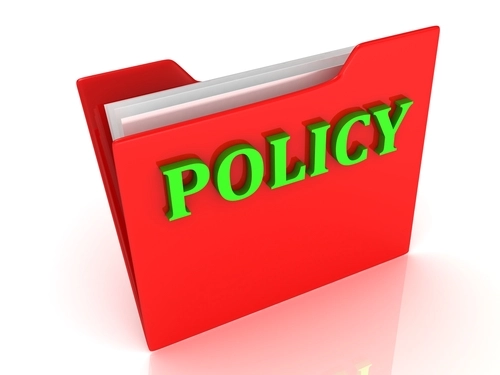Boost Your Bottom Line With 4 Quick Supply-Billing Tips

Remember: 99070 is not a one-size-fits-all materials code.
When it comes to billing for supplies, most practices take one of three routes: A) Bill for every supply and let the insurer decide when it’s bundled, B) Bill for no supplies and assume they’re all bundled, or C) Report 99070 with everything and hope that insurers will universally apply it to your claims.
You can clarify your supply billing issues and improve your bottom line. HCPCS level II codes are some of the most overlooked and misreported items, but insurers often reimburse these supplies. Boost your supply claims with these quick hints.
Tip 1: Use the Specific HCPCS Code
You’ll improve supply reimbursement if you stay away from the generic CPT® code 99070 (Supplies and materials [except spectacles], provided by the physician or other qualified healthcare professional over and above those usually included with the office visit or other services rendered [list drugs, trays, supplies, or materials provided]). Opt instead for a specific HCPCS code whenever one is available.
Why? Insurance companies are more likely to pay for a HCPCS code because 99070 is so general. If you use 99070, you’ll often have to endure added paperwork, such as noting the item’s description and attaching a copy of the invoice.
But you can usually avoid these steps. Most insurers reimburse your supply charges with just the alphanumeric code.
Example: A nurse gives an epinephrine shot to a patient following a bee sting. You would code the drug with HCPCS code J0171 (Injection, adrenalin, epinephrine, 0.1 mg). Using J0171 instead of 99070 more clearly identifies the medication and should speed the reimbursement.
Don’t forget to report the E/M service with 99201-99215 and the injection administration with 96372 (Therapeutic, prophylactic, or diagnostic injection [specify substance or drug]; subcutaneous or intramuscular). Modifier 25 (Significant, separately identifiable evaluation and management service by the same physician or other qualified healthcare professional on the same day of the procedure or other service) on the E/M code is not necessary, but may be required by some payers.
Tip 2: Check if Service/Procedure Includes Supply
Although billing for medicine codes is fairly straightforward, reporting medical supplies can be more controversial. A code’s practice expense component typically includes all equipment and supplies intrinsic to the code.
For instance, you always use a syringe, needle (OSHA-required needlestick safety devices for this) (A4206-A4208, Syringe with needle ...), alcohol swab, and bandage (A6453, Self-adherent bandage ...) with a vaccine administration code. This is included in the practice expense component of the code relative value unit (RVU). So, you shouldn’t separately bill these supplies to any carrier reimbursing on an RVU basis.
Most providers, however, have no way to know what supplies each code includes. Also, not all payers follow the RBRVS payment system that assigns practice expense value reimbursements for the costs the CMS associates with a service or procedure.
Best practice: You may separately bill for supplies, but if a payer reimburses based on RBRVS policy, the insurer may include the charges in the procedure and deny separate reimbursement for the supplies.
For instance: The physician sees a patient for a sprained ankle and wraps it with an ACE bandage. The practice reports 99213 for the patient’s visit.
Don’t stop there: Report the HCPCS code S8431 (Compression bandage, roll) to reflect the ACE bandage that you provided.
Keep in mind: If the physician performed true “strapping” (such as code 29540), then the ACE bandage expense would be included in the strapping code. It is not, however, included in the E/M visit code.
Tip 3: Let Hospitals Bill Their Supplies
If you code for a hospital-owned clinic or practice, let the facility handle the supply coding. Because the practice has a contract with the hospital, the hospital bills for all drugs and supplies used there. The practice reports only the physician’s services.
Tip 4: Stop Short of DME-Licensed Supplies
Some supplies are only billable by providers with Durable Medical Equipment (DME) licenses, which excludes many practices. If your patient were to require a DME-type product, you would probably write a prescription for one and ask a DME provider to fill it. However, not all supplies are considered DME.
Insurers vary in their DME requirements, but because DME is, by nature, “durable,” most payers agree that the supply must be able to withstand repeated use to qualify as DME. Therefore, items like a set of crutches would typically be considered DME.




